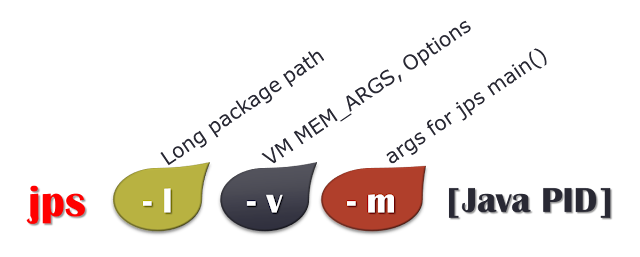Do you have 'alias' in your .bash_profile or .bashrc??

Making mistake is human nature but, overcoming that mistake turning to desired outcome is very wise thing. You want to learn about that wise trick? If yes, follow my post details more about my learnings on alias!! In Unix platform there is a file called .profile (some Linux environments it is . bash_profile ). Which executed automatically when you logon to your user, which intern have the environment variables which are required to run your application on WebLogic. For WLA required to setup a standard. profile for his production environment that is for JAVA_HOME, WL_HOME are major some of the environments requires ORA_HOME in this file. Defining JAVA_HOME, WL_HOME, etc is common thing for any WLA. But your my Smart WLA then you might applying a intersting UNIX command 'alias'. Most of the time we use 'ls' command for listing the files/folders. By mistake you might mistype as 'sl' instead of 'ls'. sometimes feeling hungry!! or thirsty!! and typing...


